Editorial - Hack The Box
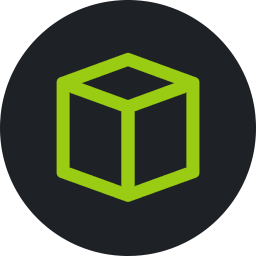
Editorial is an easy difficulty Linux machine that features a publishing web application vulnerable to ‘Server-Side Request Forgery (SSRF)’. This vulnerability is leveraged to gain access to an internal running API, which is then leveraged to obtain credentials that lead to SSH access to the machine. Enumerating the system further reveals a Git repository that is leveraged to reveal credentials for a new user. The ‘root’ user can be obtained by exploiting CVE-2022-24439 and the sudo configuration.

 Chemistry is an easy-difficulty Linux machine that showcases a Remote Code Execution (RCE) vulnerability in the pymatgen (CVE-2024-23346) Python library by uploading a malicious CIF file to the hosted CIF Analyzer website on the target. After discovering and cracking hashes, we authenticate to the target via SSH as rosa user. For privilege escalation, we exploit a Path Traversal vulnerability that leads to an Arbitrary File Read in a Python library called AioHTTP (CVE-2024-23334) which is used on the web application running internally to read the root flag.
Chemistry is an easy-difficulty Linux machine that showcases a Remote Code Execution (RCE) vulnerability in the pymatgen (CVE-2024-23346) Python library by uploading a malicious CIF file to the hosted CIF Analyzer website on the target. After discovering and cracking hashes, we authenticate to the target via SSH as rosa user. For privilege escalation, we exploit a Path Traversal vulnerability that leads to an Arbitrary File Read in a Python library called AioHTTP (CVE-2024-23334) which is used on the web application running internally to read the root flag.
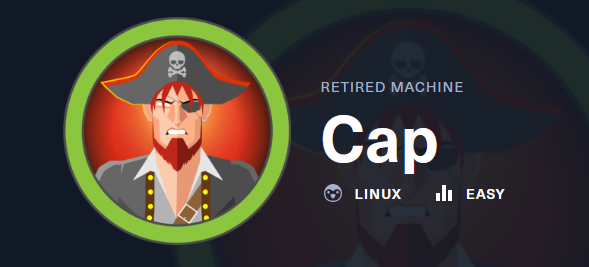 Cap is an easy difficulty Linux machine running an HTTP server that performs administrative functions including performing network captures. Improper controls result in Insecure Direct Object Reference (IDOR) giving access to another user’s capture. The capture contains plaintext credentials and can be used to gain foothold. A Linux capability is then leveraged to escalate to root.
Cap is an easy difficulty Linux machine running an HTTP server that performs administrative functions including performing network captures. Improper controls result in Insecure Direct Object Reference (IDOR) giving access to another user’s capture. The capture contains plaintext credentials and can be used to gain foothold. A Linux capability is then leveraged to escalate to root.
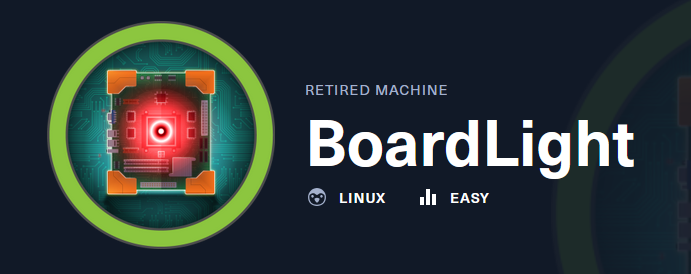 BoardLight is an easy difficulty Linux machine that features a Dolibarr instance vulnerable to CVE-2023-30253. This vulnerability is leveraged to gain access as www-data. After enumerating and dumping the web configuration file contents, plaintext credentials lead to SSH access to the machine. Enumerating the system, a SUID binary related to enlightenment is identified which is vulnerable to privilege escalation via CVE-2022-37706 and can be abused to leverage a root shell.
BoardLight is an easy difficulty Linux machine that features a Dolibarr instance vulnerable to CVE-2023-30253. This vulnerability is leveraged to gain access as www-data. After enumerating and dumping the web configuration file contents, plaintext credentials lead to SSH access to the machine. Enumerating the system, a SUID binary related to enlightenment is identified which is vulnerable to privilege escalation via CVE-2022-37706 and can be abused to leverage a root shell.
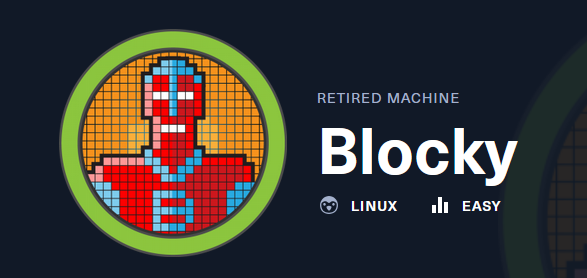 Blocky is fairly simple overall, and was based on a real-world machine. It demonstrates the risks of bad password practices as well as exposing internal files on a public facing system. On top of this, it exposes a massive potential attack vector: Minecraft. Tens of thousands of servers exist that are publicly accessible, with the vast majority being set up and configured by young and inexperienced system administrators.
Blocky is fairly simple overall, and was based on a real-world machine. It demonstrates the risks of bad password practices as well as exposing internal files on a public facing system. On top of this, it exposes a massive potential attack vector: Minecraft. Tens of thousands of servers exist that are publicly accessible, with the vast majority being set up and configured by young and inexperienced system administrators.
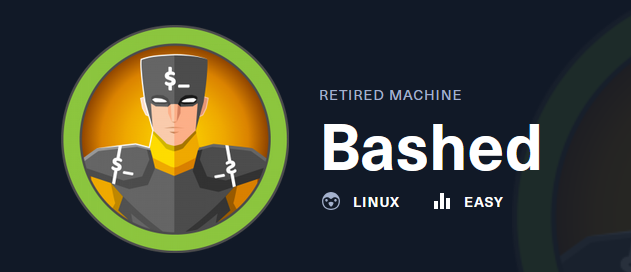 Bashed is a fairly easy machine which focuses mainly on fuzzing and locating important files. As basic access to the crontab is restricted.
Bashed is a fairly easy machine which focuses mainly on fuzzing and locating important files. As basic access to the crontab is restricted.
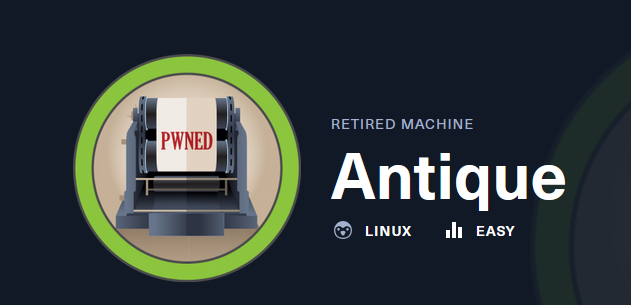 Antique is an easy Linux machine featuring a network printer disclosing credentials through SNMP string which allows logging into telnet service. Foothold can be obtained by exploiting a feature in printer. CUPS administration service running locally. This service can be exploited further to gain root access on the server.
Antique is an easy Linux machine featuring a network printer disclosing credentials through SNMP string which allows logging into telnet service. Foothold can be obtained by exploiting a feature in printer. CUPS administration service running locally. This service can be exploited further to gain root access on the server.